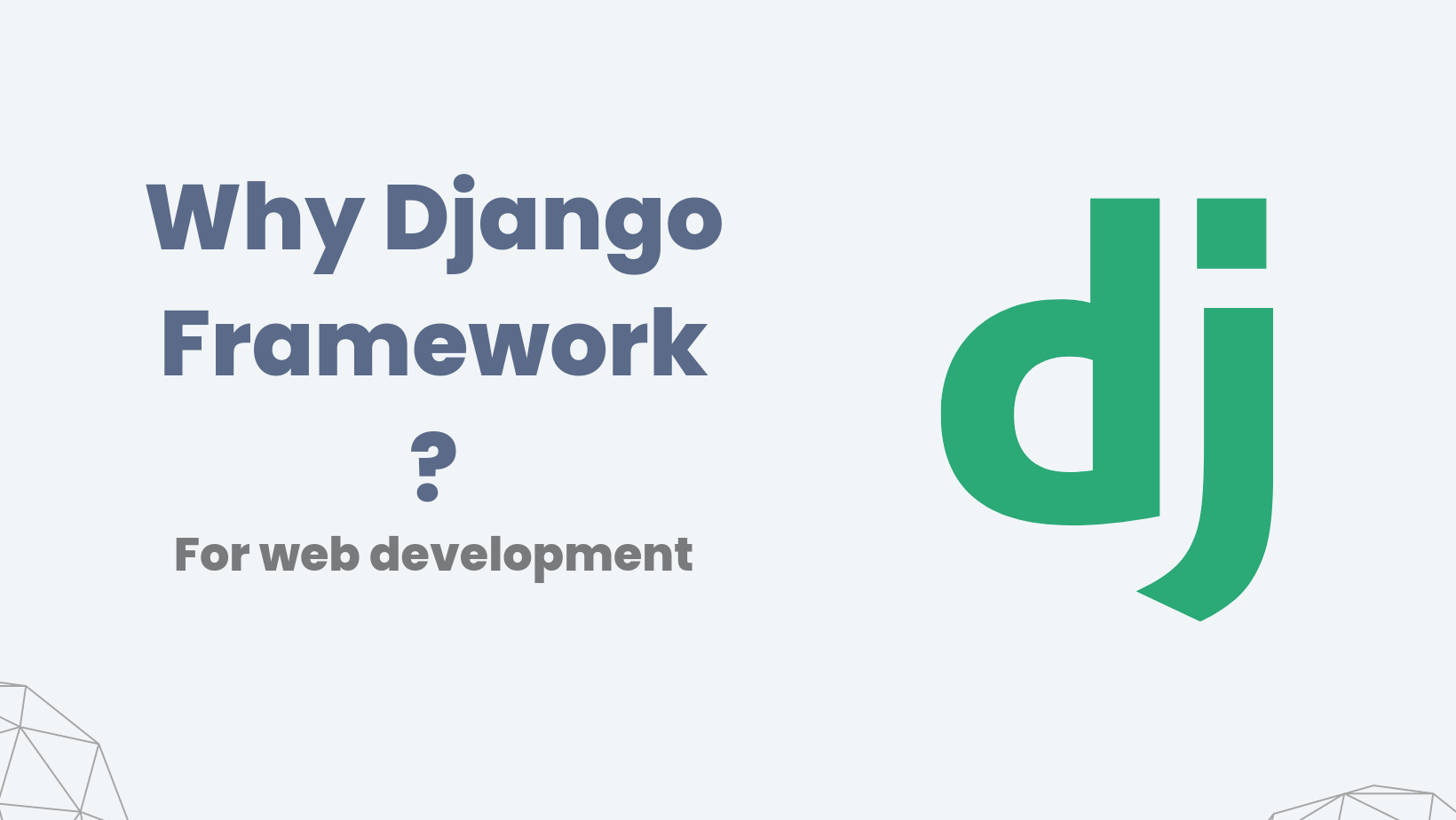Unveiling the Secrets of Ghosted Domains
Explore the intriguing world of expired domains and online opportunities.
Django Dreams: Building Web Wonders
Unleash your creativity with Django Dreams! Discover expert tips and tricks to build stunning web applications effortlessly.
Getting Started with Django: A Beginner's Guide to Building Web Applications
Getting Started with Django can seem daunting at first, but with the right guidance, you can quickly begin building powerful web applications. Django is a high-level Python web framework that encourages rapid development and clean, pragmatic design. To kick off your journey, ensure you have a basic understanding of Python, as it forms the backbone of the Django framework. Begin by installing Django through pip, the Python package manager, using the command pip install Django. Once installed, creating a new project is simple; just run django-admin startproject projectname. This command sets up the basic structure of your Django application, allowing you to focus on development.
After setting up your project, the next step is to create your first Django application. An application is a web application that does something, e.g., a blog, a database of public records, or an online store. Use the command python manage.py startapp appname to create a new app. Don't forget to register your app in the settings.py file by adding it to the INSTALLED_APPS list. From there, you can define your models, set up your database, and create views to handle user requests. As you proceed, leverage Django's powerful admin interface to manage your data efficiently.

Top 10 Django Best Practices for Efficient Web Development
When it comes to efficient web development with Django, adopting best practices can significantly enhance your workflow and the performance of your application. Here are the Top 10 Django Best Practices to consider:
- Following the MTV architectural pattern: Django’s Model-Template-View structure facilitates clean separation of concerns and promotes maintainability.
- Utilizing Virtual Environments: Always use virtual environments to manage project dependencies and prevent conflicts.
- Using the Django Admin: Take full advantage of the built-in admin interface for managing your models efficiently.
Furthermore, implementing the following practices will streamline your development process:
- Implementing Caching: Use Django's caching framework to improve performance by storing frequently accessed data.
- Practicing Model Optimization: Use indexing and select_related to optimize database queries.
- Writing Unit Tests: Develop a robust test suite to catch errors early and ensure code quality.
- Focusing on Security: Always validate user input and utilize Django's security features to safeguard your application.
- Keeping Dependencies Updated: Regularly update your Django version and third-party packages to benefit from improvements and security patches.
How to Build a RESTful API Using Django and Django REST Framework
Building a RESTful API using Django and Django REST Framework is a powerful approach to creating dynamic web applications. To get started, ensure you have both Django and Django REST Framework installed in your project. Begin by creating a new Django project with the command django-admin startproject project_name. Next, create a new app to house your API using python manage.py startapp app_name. Once your app is set up, you can define your models in models.py, which represent the data structure of your API.
After defining your models, the next step is to create serializers. Serializers transform complex data types, such as querysets and model instances, into native Python data types that can then be rendered into JSON or XML. Create a serializers.py file in your app and implement your serializers using Django REST Framework’s ModelSerializer. Finally, configure your views and URLs to handle API requests. Use APIView or ViewSets to define your API endpoints and connect them to the appropriate URLs in the urls.py file. This framework allows you to create a robust and scalable RESTful API with minimal code.